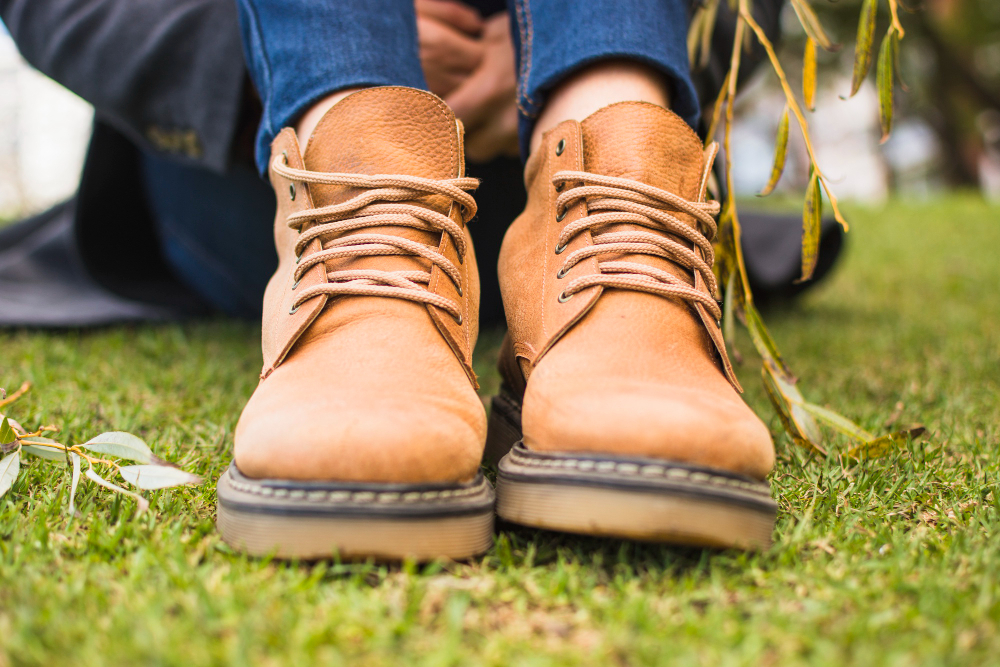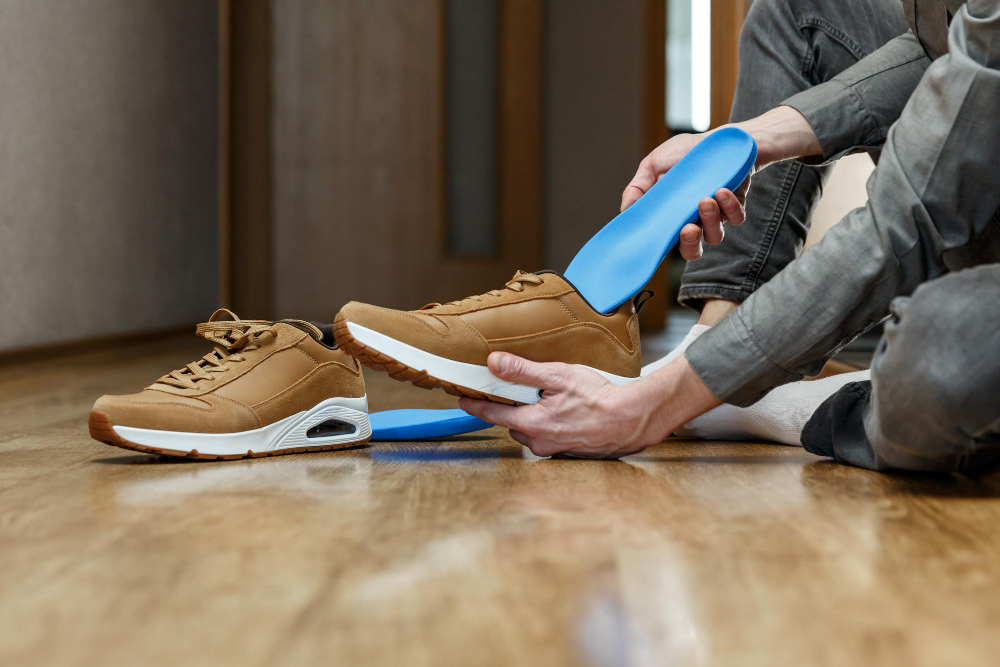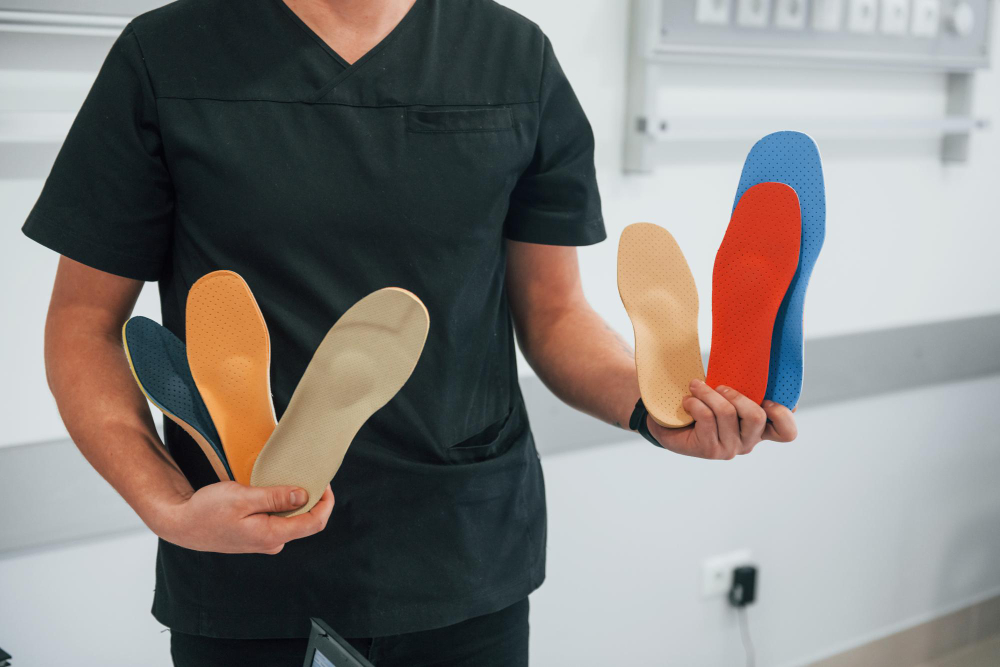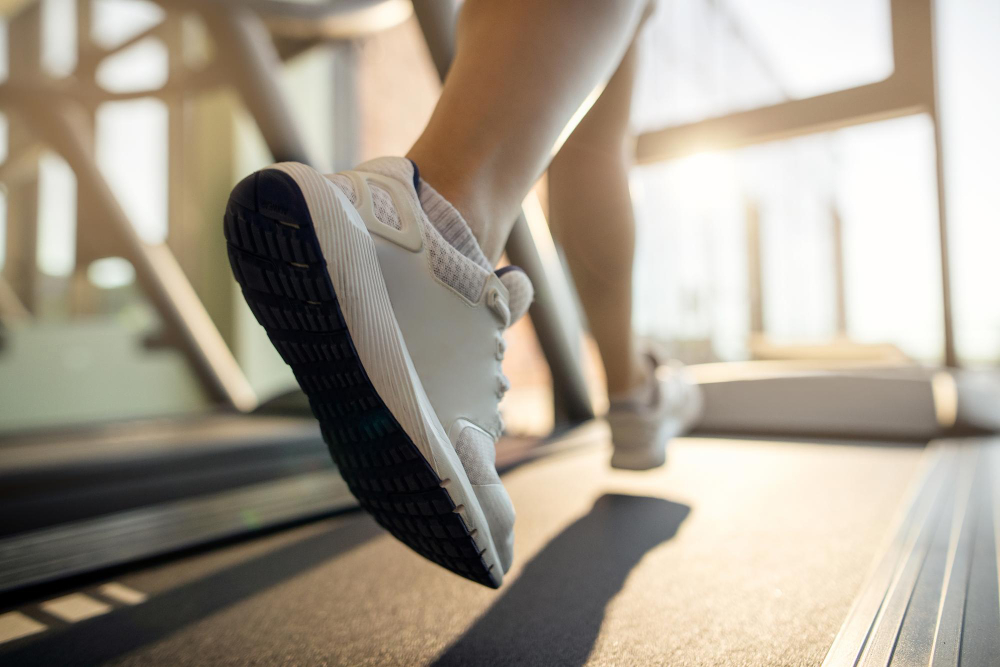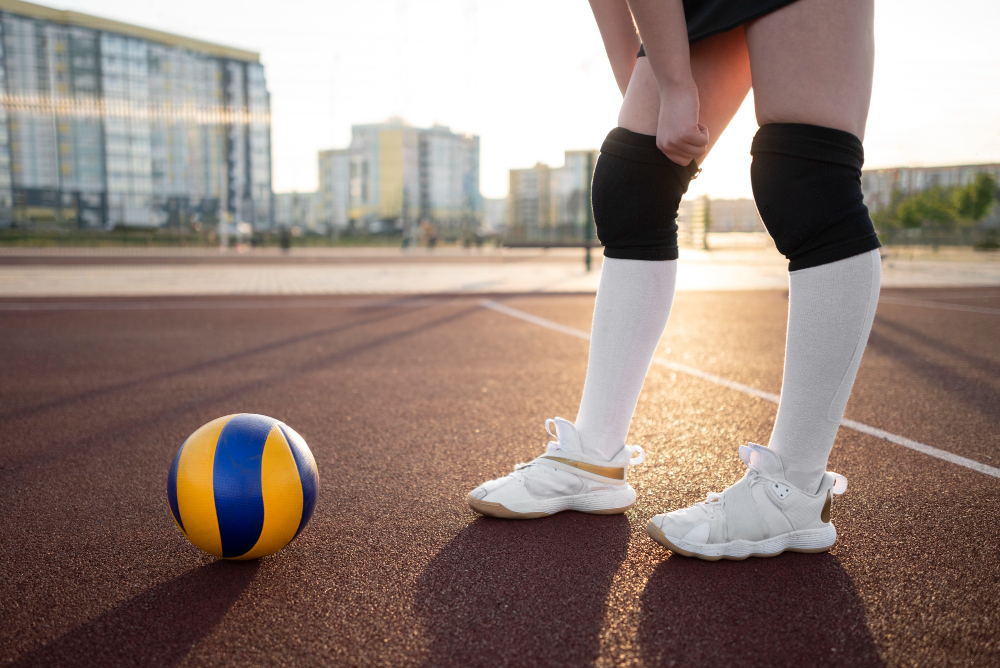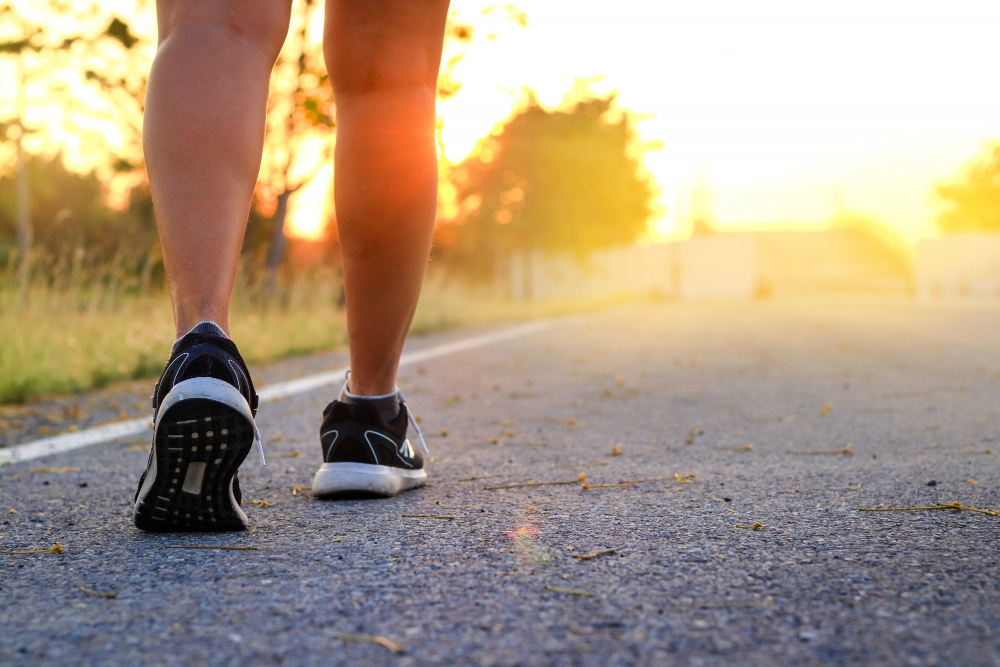Foot orthotics and the treatment of patellofemoral syndrome
A study published in the Journal of the American Podiatric Medicine Association (2003, 92(4)) has suggested that semi-flexible foot orthotics provide an effective means of reducing the pain and symptoms associated with chondromalacia patellae, or patellofemoral syndrome. The study examined the effectiveness of semi-flexible foot orthoses in 102 patients treated for patellofemoral pain syndrome and retrograde patellar dysplasia.
Patellofemoral syndrome—the abnormal softening of cartilage under the knee—is the most common cause of chronic knee pain. The syndrome results from the degeneration of cartilage due to the poor alignment of the kneecap as it slides over the end of the thigh bone. Symptoms include discomfort of the inner knee area that can be easily aggravated by activities such as jumping, climbing, or descending stairs, as well as prolonged sitting with knees bent. If untreated, the syndrome can lead to the loss of muscle mass in the quadriceps, and mild swelling of the knee can also occur.
Certain individuals are predisposed towards developing the syndrome. The rehabilitation of patellofemoral syndrome involves realigning the patella, while initially avoiding motions that irritate the kneecap. Stretching and strengthening the quadriceps and hamstrings are important for long-term recovery from the syndrome. However, studies have shown that the correct biomechanical alignment of the foot is also important for managing pain and keeping the knee from getting worse.
The subjects of the study included 46 women and 54 men, aged 12 to 87 years, who exhibited excessive rearfoot or forefoot varus. Screening and clinical diagnoses were based on the results of an examination conducted by an orthopedist. Patients were evaluated for the duration and onset of patellofemoral pain as well as the degree of knee joint disease. Orthoses were then fabricated for each individual subject in the study, based on a clinical lower extremity biomechanical examination. Results of the study upon follow-up showed that 76.5 percent of the study participants showed improved symptoms, with significant decreases in pain levels. Results suggested that the use of foot orthotics may significantly reduce the symptoms of patellofemoral pain syndrome and retro-patellar dysplasia.

